Phonics practice Normal Consonants Worksheets for Ages 4-7
5 filtered results
-
From - To
Our Phonics Practice Normal Consonants Worksheets for Ages 4-7 provide targeted exercises to help young learners master consonant sounds. These engaging worksheets are designed to build phonemic awareness through a variety of fun activities like matching, tracing, and identifying consonants in different contexts. Perfectly tailored for preschool to first-grade students, these resources help in developing early reading skills and boost confidence in phonics. Whether used in the classroom or at home, our printable worksheets make learning both effective and enjoyable. Unlock the door to literacy with our expertly crafted phonics practice materials. Download now and watch your child excel!
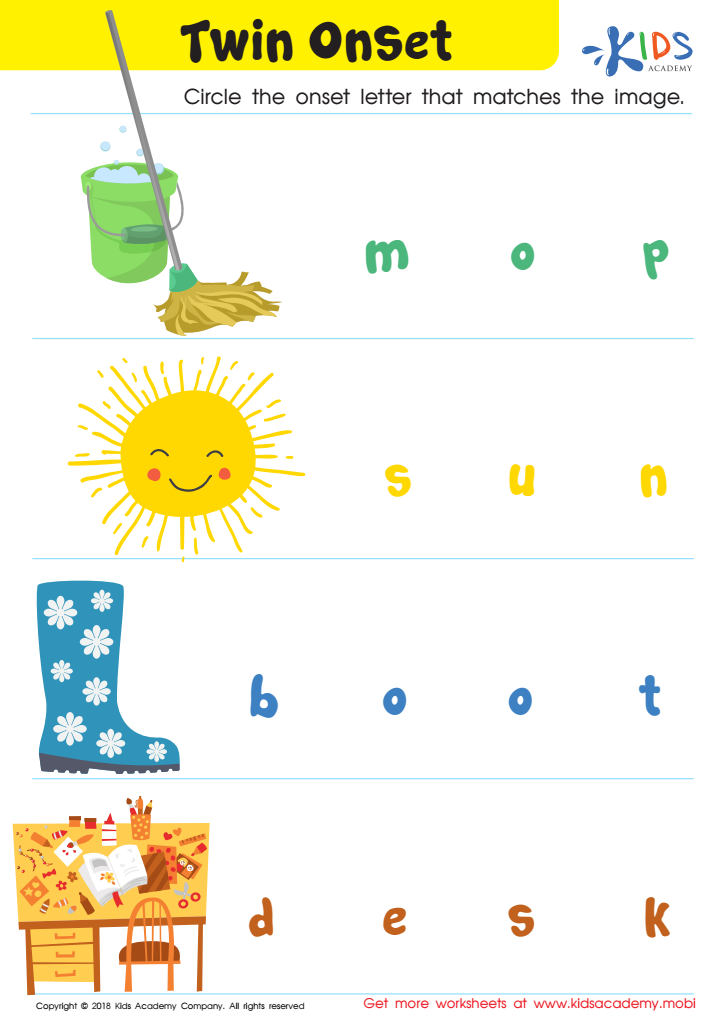

Twin Onset Worksheet
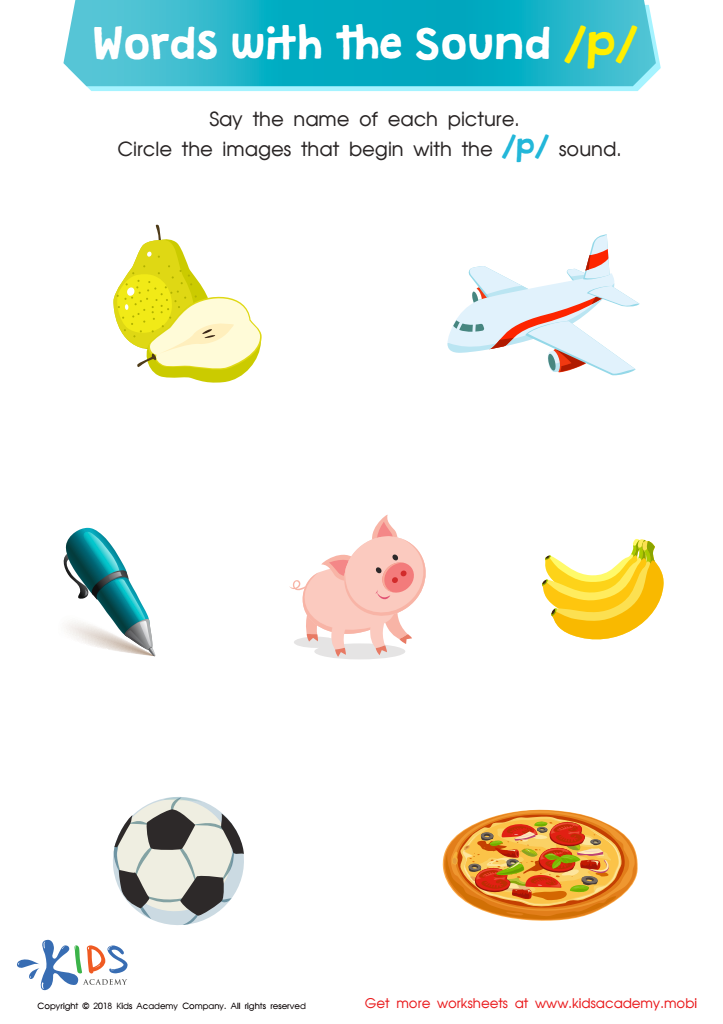

Words with sound p Reading Worksheet
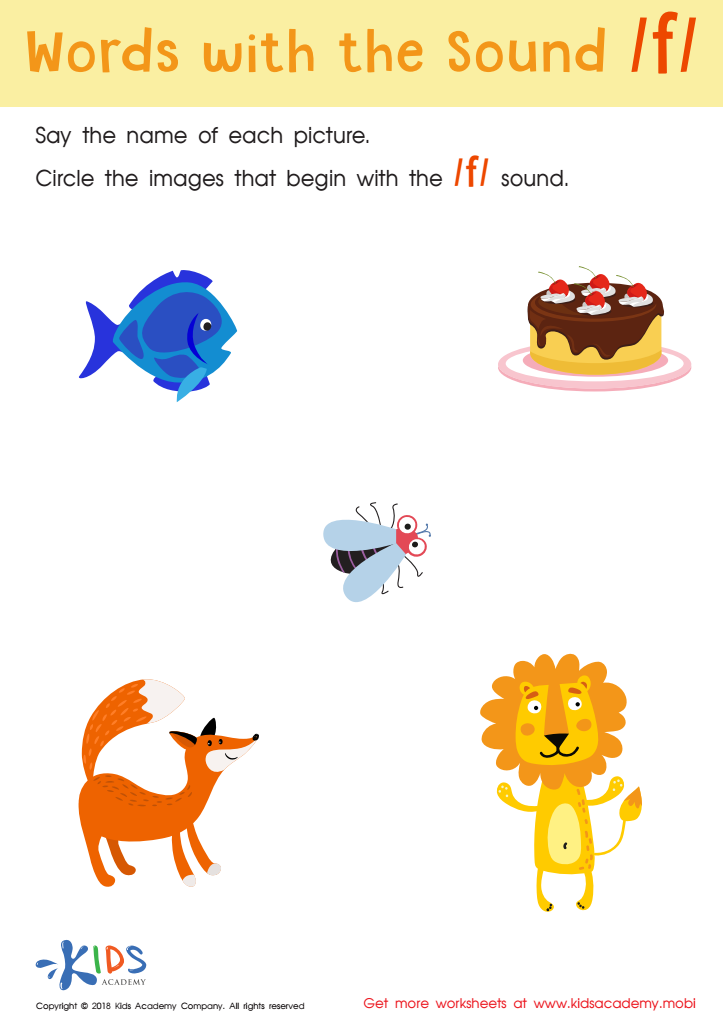

Words with sound f Reading Worksheet
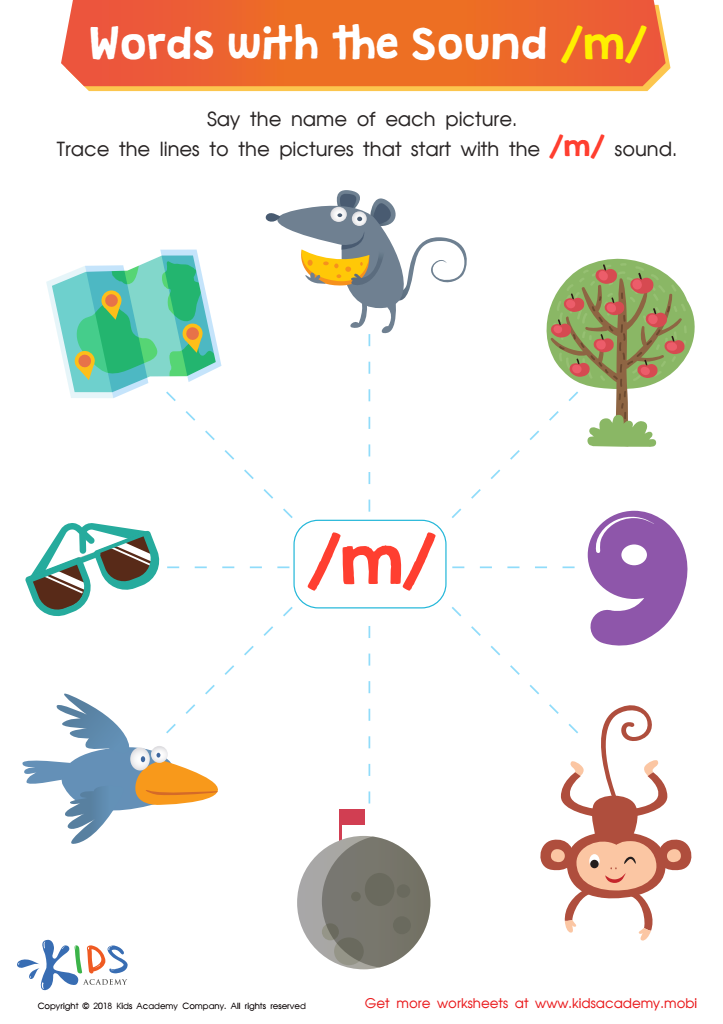

Words with Sound M Reading Worksheet
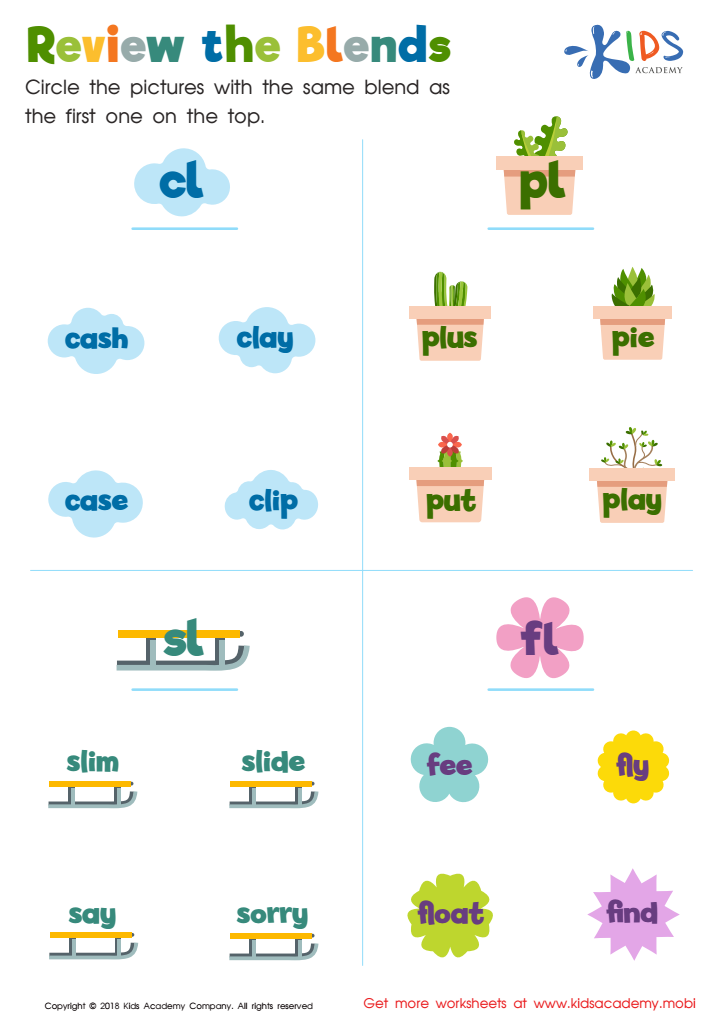

Review the Blends Worksheet
Phonics practice, particularly for normal consonants, is crucial for children aged 4-7 as it lays the foundational skills needed for reading and writing. During these early years, children are in a critical period where their brains are highly receptive to language acquisition. Phonics teaching involves the relationship between letters and sounds, enabling children to decode new words, improve their reading fluency, and build a solid vocabulary base.
Mastering consonant sounds is an essential component of phonics because consonants form the backbone of most words. When children learn how to recognize, pronounce, and blend these sounds, they improve their ability to read with accuracy and speed. This early literacy skill boosts their confidence and fosters a love for reading—a key factor for long-term academic success.
Parents and teachers play a pivotal role in this development. Engaging children in fun and interactive phonics activities makes learning enjoyable and effective. As they practice, children also enhance their listening skills, attention span, and memory. Investing time in phonics practice not only sets the stage for reading proficiency but also imparts crucial problem-solving and cognitive skills necessary for overall educational growth. Parents’ and teachers' active involvement can make a significant positive impact on a child’s educational trajectory.
 Assign to My Students
Assign to My Students








